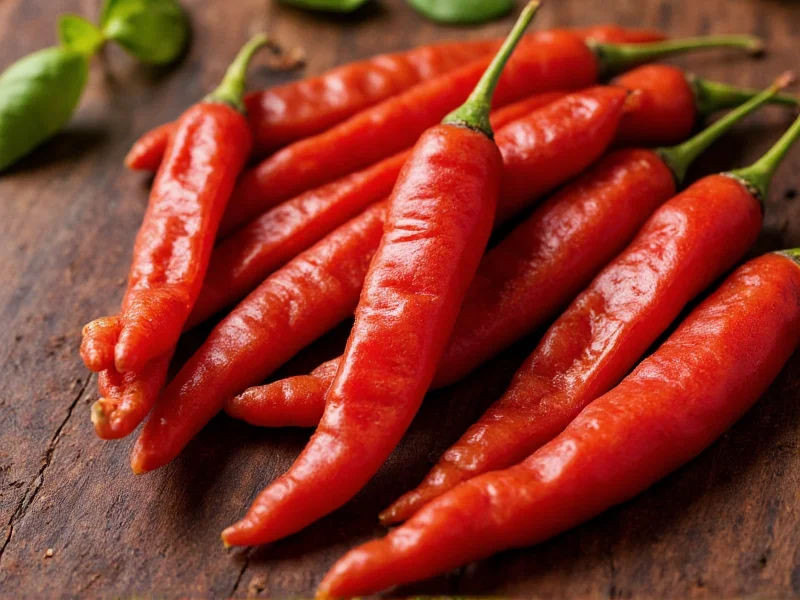When exploring how spicy are ancho peppers, it's essential to understand their unique position in the chili pepper spectrum. Ancho peppers, which are dried poblano peppers, occupy the lower end of the heat scale while delivering remarkable depth of flavor that makes them indispensable in Mexican cuisine.
Understanding Ancho Pepper Heat Levels
Ancho chiles fall between 1,000-2,000 Scoville units, placing them firmly in the mild category. To put this in perspective:
| Pepper Type | Scoville Heat Units | Heat Level |
|---|---|---|
| Ancho Pepper | 1,000-2,000 | Mild |
| Jalapeño | 2,500-8,000 | Moderate |
| Serrano | 10,000-23,000 | Hot |
| Habanero | 100,000-350,000 | Very Hot |
This ancho pepper heat level compared to jalapeno shows why anchos are preferred when chefs want chili flavor without overwhelming heat. The drying process that transforms poblanos into anchos actually concentrates their flavor while maintaining their relatively mild heat profile.
The Flavor Profile Beyond Heat
What makes ancho chiles special isn't just their moderate spiciness but their complex flavor profile. They offer:
- Notes of dried fruit (particularly raisins and figs)
- Subtle chocolate undertones
- Earthy, smoky characteristics
- A hint of coffee-like bitterness
Professional chefs often choose anchos when they want to add depth to dishes without making them too spicy. This makes them ideal for mild chili peppers for cooking applications where heat isn't the primary goal.
Culinary Applications and Heat Perception
The perceived spiciness of ancho peppers can vary based on preparation:
- Whole dried anchos: Mildest application, often used for flavoring broths
- Rehydrated and pureed: Slightly more pronounced heat, common in mole sauces
- Ground ancho powder: Most concentrated heat, used as a spice rub
When asking are ancho chiles hot, the answer depends on context. In traditional Mexican dishes like mole poblano, the heat is balanced by chocolate and other ingredients, creating a complex flavor where spiciness plays a supporting role rather than dominating the dish.
Substitutions Based on Desired Heat Level
Understanding ancho pepper scoville units helps when considering substitutions:
- If you want less heat: Bell peppers (0 SHU) or pasilla peppers (milder than ancho)
- For similar heat level: Guajillo peppers (2,500-5,000 SHU) offer comparable heat with different flavor notes
- If you want more heat: Chipotle peppers (2,500-8,000 SHU) provide both smokiness and increased spiciness
Many home cooks mistakenly believe all dried chilies are extremely hot. The reality is that ancho pepper flavor profile demonstrates how drying can enhance complexity while maintaining approachable heat levels.
Common Misconceptions About Ancho Heat
Several myths persist about ancho pepper spiciness:
- Myth: All dried chilies are hotter than fresh ones
Reality: Drying concentrates flavor but doesn't necessarily increase capsaicin (the compound that creates heat) - Myth: Darker chilies are always hotter
Reality: Color relates more to ripeness and drying process than heat level - Myth: Anchos are the same as mulatos
Reality: Mulatos are dried poblanos picked at full ripeness, making them slightly sweeter and milder











 浙公网安备
33010002000092号
浙公网安备
33010002000092号 浙B2-20120091-4
浙B2-20120091-4